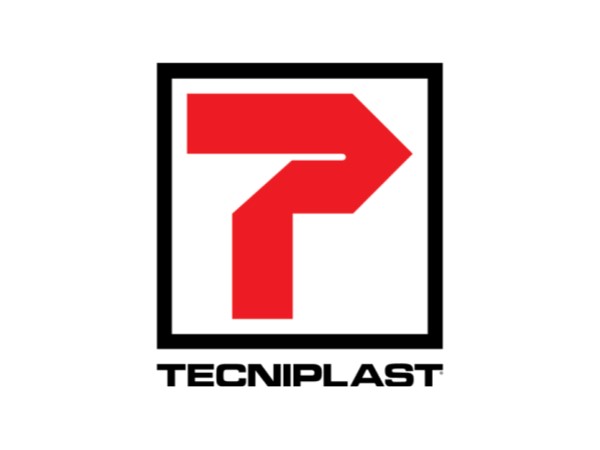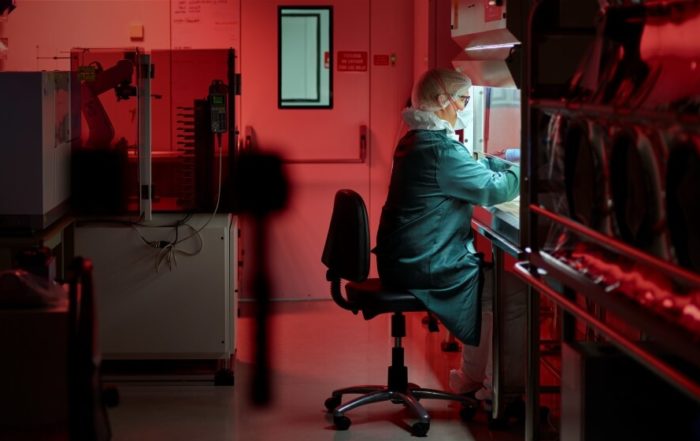In this webinar, John Hasenau, DVM and Jeffrey Zynda consider practical options for housing and infrastructural designs to sustainably improve animal welfare, data reporting and reproducibility through the use of new technologies used by academia, pharma and CROs to acquire animal activity data.
They also present examples of the practical application of digital information across a global organization and within a unit, and its effects on study reproducibility, on scientific results for PIs and on lab animal facility management. Differences in cage components, housing density, cage changing frequency and best practices are discussed in the context of animal model development, physiology and behavior. This webinar is applicable to all individuals engaged in research involving animal models.
Key Topics Include:
- A review of recent housing and equipment developments that improve repeatability and rigor of the data reporting
- The impact of environmental conditions on animal research models
- Next-generation strategies to maximize laboratory space efficiency, flexibility and productivity
- The value of digitalization from an architecture point of view in a LAS Facility
- Strategies to select the right equipment for your research objectives
Click to watch the webinar recording. To view the presentation full screen simply click the square icon located in the bottom-right corner of the video viewer.
Resources
To retrieve a PDF copy of the presentation, click on the link below the slide player. From this page, click on the “Download” link to retrieve the file.
Presenters
CEO and Principal Consultant
Lab Animal Consultants
Principal, Science and Technology Practice Leader
Perkins+Will










